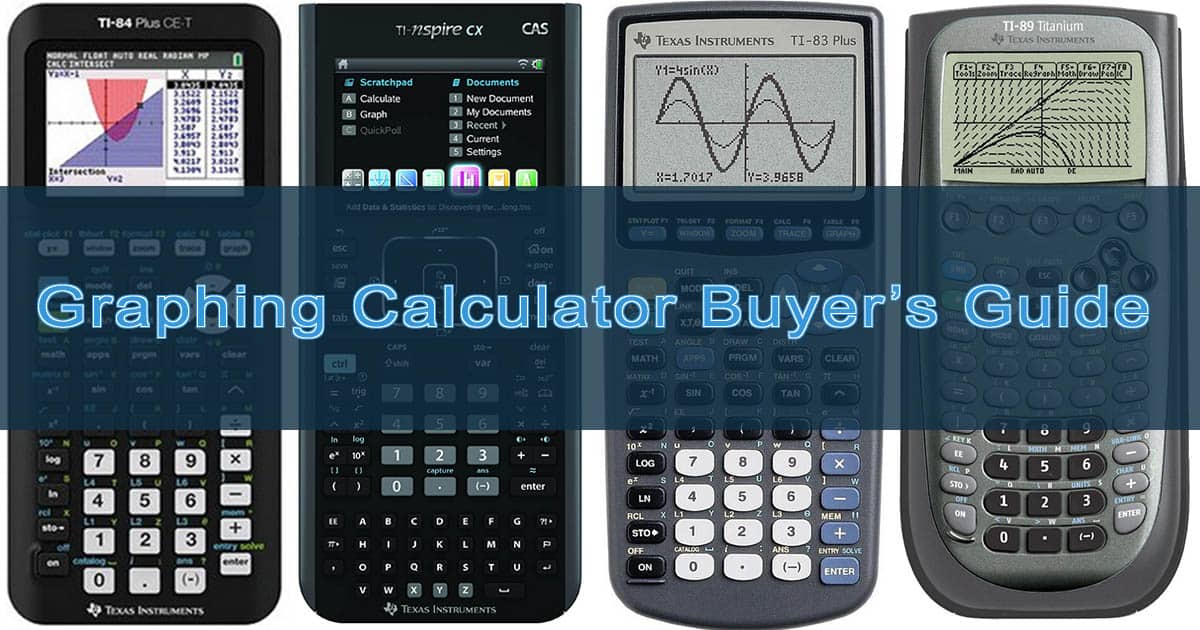

An early TI-81 in use (YouTube/ David Hays) Educators were rightfully wary of change - especially change that wasn’t yet proven to improve student performance. TI, a semiconductor giant, sensed “an opportunity to provide some inexpensive technology that students could use every day.” But there was a problem: At the time, most students were perfectly fine with drawing graphs on paper and using simpler handheld calculators. Though Casio (1985) and Sharp (1986) were the first to market, it wasn’t until 1990, when Texas Instruments released the TI-81, that graphing calculators really began to hit the mainstream. In the late 1980s, electronics companies began to see a space in the education market for a calculator that could graph equations. But it appears that the rise of new, free-to-use technology is starting to chip away at this empire. Yet, for millions of middle school and high school students around America, the graphing calculator is still a required standard - and TI controls an estimated 80% of the $300m+ market.Īn obsolete piece of technology has managed to maintain a stranglehold on an increasingly tech-savvy education market. While the cost of its components has dramatically decreased, its price ($150 MSRP) has not. With 24 kilobytes of RAM, a 96×64 pixel screen, and a power system that still relies on 4 AAA batteries, it has been usurped by hundreds of modern handheld devices. Since its debut in 2004, its specs and components have remained virtually unchanged. Texas Instrument’s best-selling graphing calculator, the TI-84, is a woefully outdated piece of technology.


 0 kommentar(er)
0 kommentar(er)
